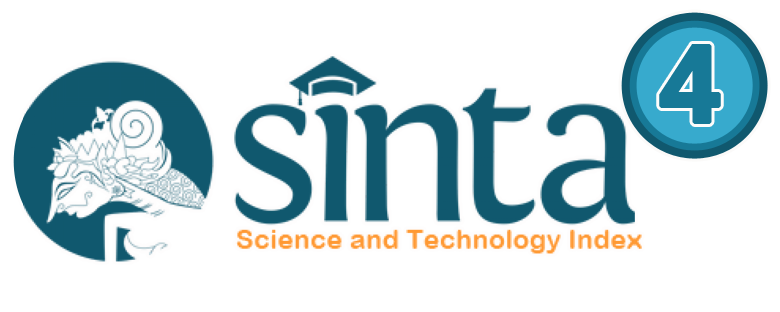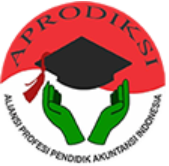ANALISIS SISTEM PENGAWASAN KUALITAS PRODUK PADA PT INDUSTRI SANDANG NUSANTARA UNIT PATAL SECANG DI MAGELANG JAWA TENGAH
DOI:
https://doi.org/10.21831/jpai.v5i2.1784Abstract
This research is aimed to determine the quality control system of production process in PT Industri Sandang Nusantara unit Patal Secang, measure the efectivity of quality control system by using control P-Chart and determine factors that cause defect product.
This research is explorative descriptive by case study method. Data used in this research is the procedure of production process and the number of defect product. Product used in this company is thread R30/1 UW and R 40/1 UW PT Industri Sandang Nusantara Unit Patal Secang in 24 periods of production between April – Mei 2006. Data is collected by interview, documentation, and observation. Data is analyzed by control p-chart and fish bone diagram.
The conclusion of this research are: (1) The quality control system which is consists of controlling raw materials, production process and final product is appropriate with the company's standard; (2) the number of defect product R 30/1 UW is 26.956 bale with the average 0.0167; Control P Chart shows that there are three periods which are out of control. They are in April 30, Mei 5 and 21, 2006. (3) The number of final product R 40/1 UW is 2159 bale with the average 0.0214; control p-chart shows that there are tw periods which are out of control. They are ini Mei 6 and Mei 12, 2006. (4) Factors that cause defect product are obsolete machines, employee performance, control system, and raw materials. Based on that condition, management should impove the controlling of machines, improve motivation and commitment of the employee, improve the method of inspection and control the quality of raw materials.
Downloads
How to Cite
Issue
Section
License
Authors who publish with Jurnal Pendidikan Akuntansi Indonesia journal agree to the following terms:
- Authors retain copyright and grant the Jurnal Pendidikan Akuntansi Indonesia journal right of first publication with the work simultaneously licensed under Creative Commons Attribution License (CC BY 4.0) that allows others to share the work with an acknowledgment of the work's authorship and initial publication in this journal.
- Authors can enter into separate, additional contractual arrangements for the non-exclusive distribution of the published version of the work (e.g., post it to an institutional repository or edit it in a book), with an acknowledgment of its initial publication in this journal.
- Authors are permitted and encouraged to post their work online (e.g., in institutional repositories or on their website) before and during the submission process, as it can lead to productive exchanges, as well as earlier and greater citation of published work.






